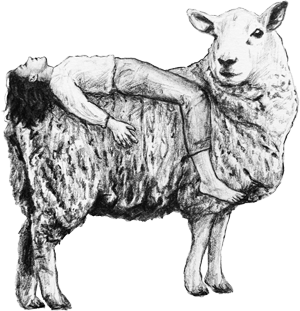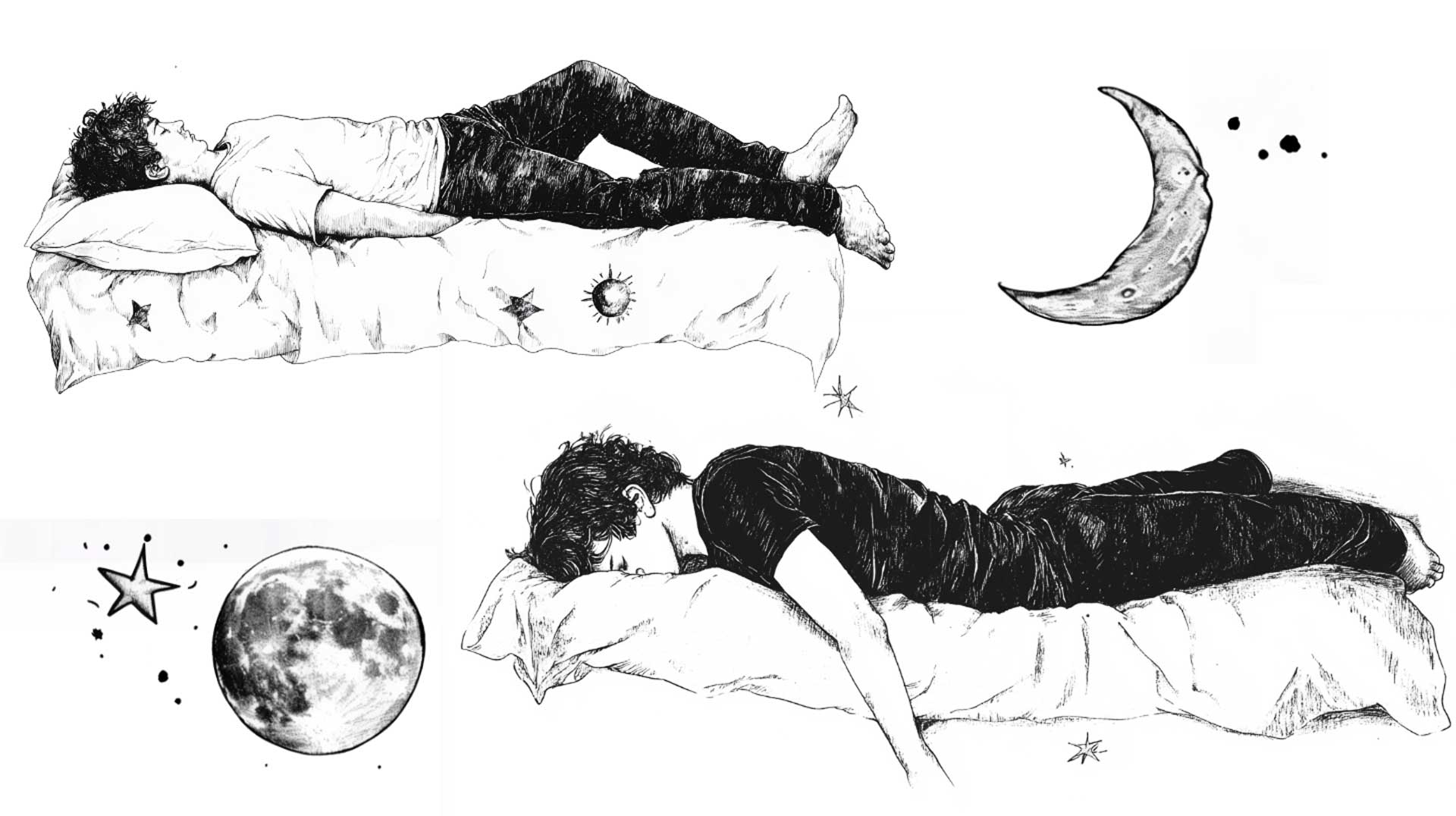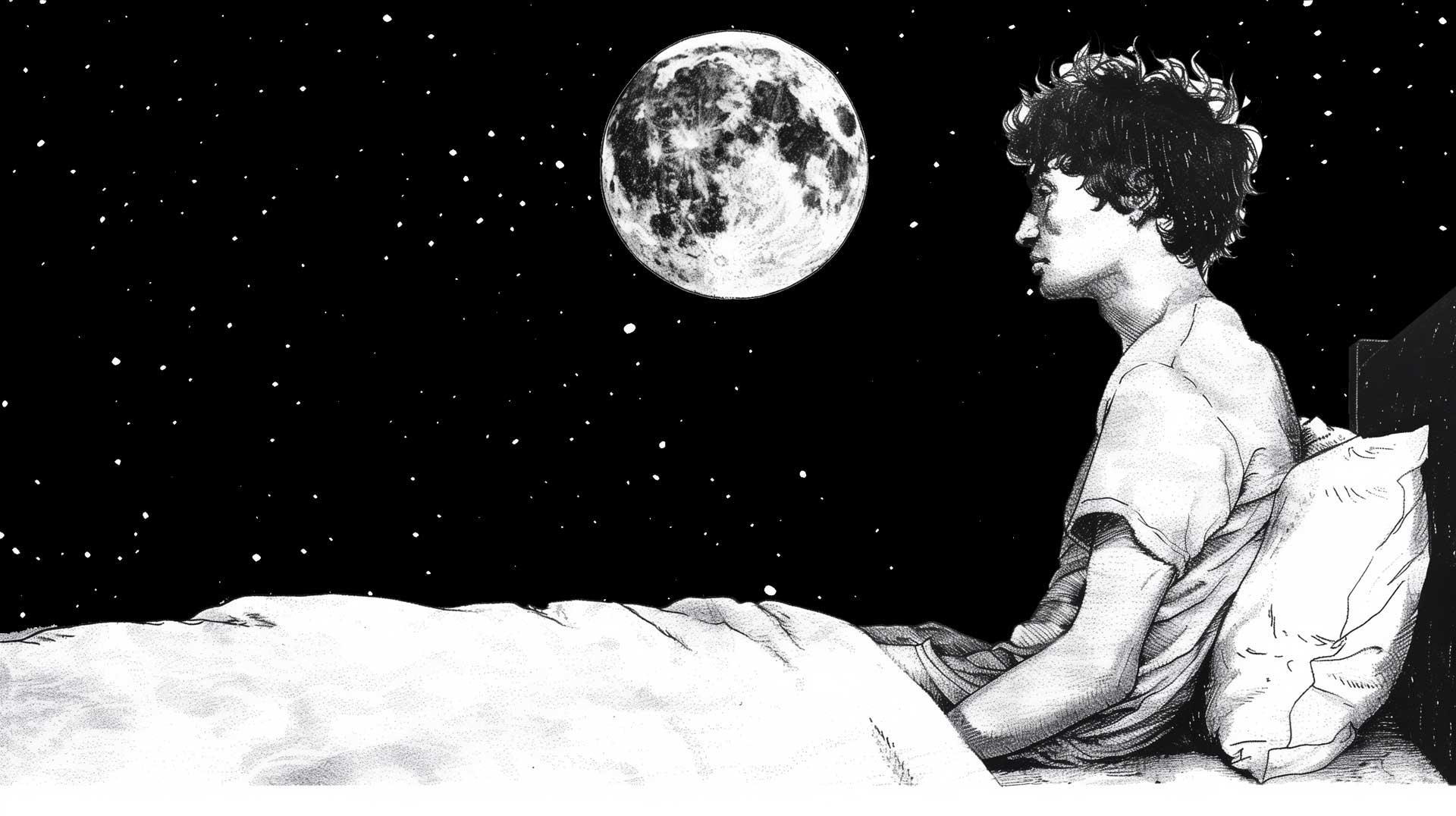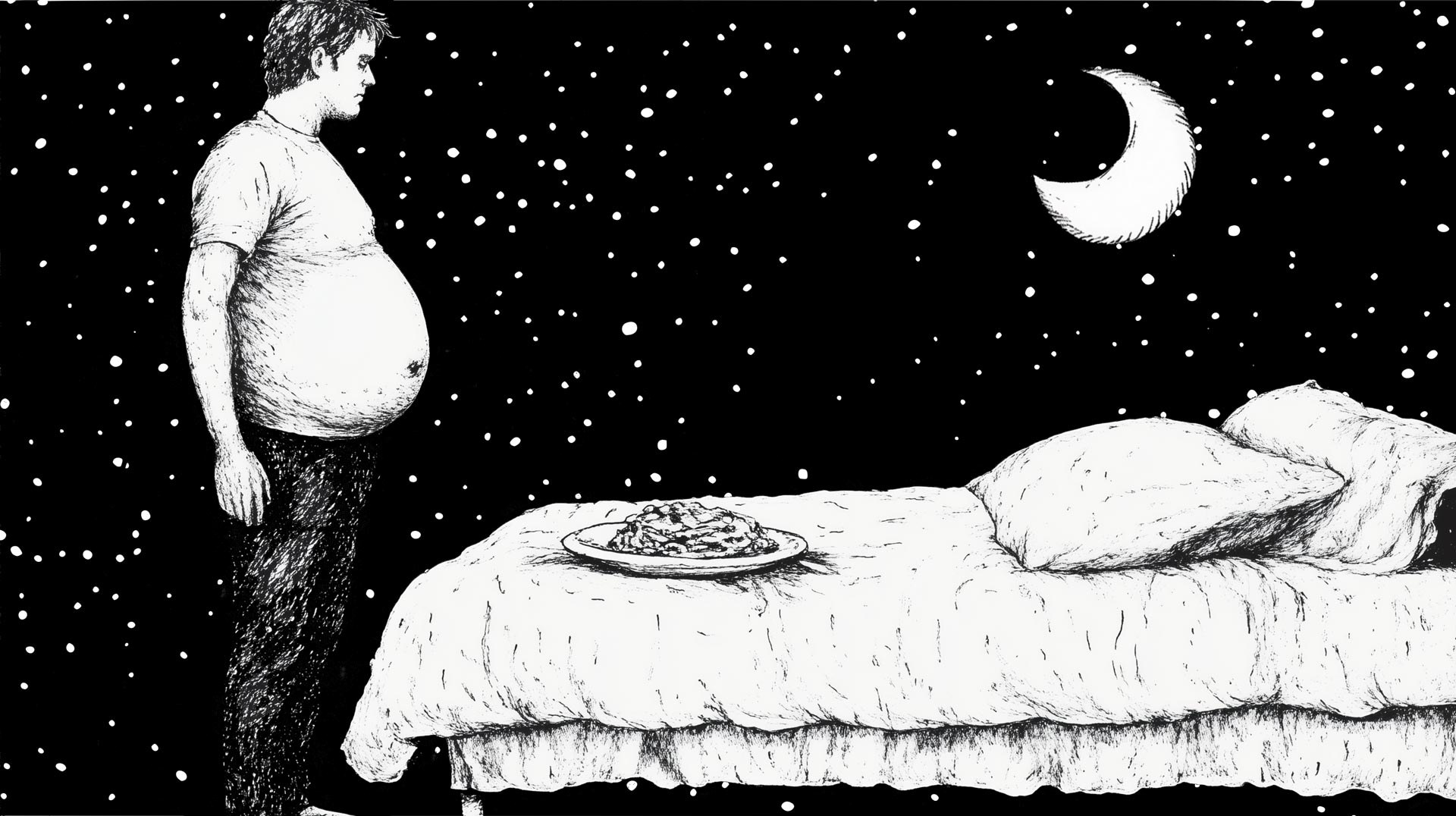Sleep is a universal human need. Yet, how we approach this essential part of life varies widely across the globe. Our typical Western bedtime routine might involve a quiet room with plush pillows and a set bedtime.
Other cultures embrace different practices that might seem unconventional or even bizarre to outsiders. In this article, we’ll explore some of the most interesting, unusual and weird sleep habits and rituals from around the world.
Here are 10 uncommon sleep habits from different countries around the globe:
1. Sleeping with the Dead – Toraja, Indonesia
In the Toraja culture, families keep deceased loved ones in their homes for months or even years after death. They treat them as if they were still alive, caring for them and including them in daily activities. This practice is a way of honoring the dead before the eventual burial ceremonies.
2. Public Sleeping – Japan (Inemuri)
In Japan, sleeping in public, known as inemuri, is not only common but also socially accepted. It indicates a person’s hardworking nature, showing they are working themselves to exhaustion. You might see people napping on trains, in cafes, or even during meetings.
3. Nightly Gongs – Bhutan
In Bhutan, it’s a common practice to ring gongs at night to ward off evil spirits and ensure peaceful sleep. This ritual is deeply intertwined with the spiritual beliefs of the Bhutanese people.
4. Sleeping on the Floor – Korea
Many Koreans prefer to sleep on heated floors called ondol rather than on raised beds. The warmth from the floor is not only comfortable but also believed to have health benefits.
5. Hammock Sleeping – Brazil
In the Amazon region of Brazil, the preferred sleep setup is often a hammock rather than a bed. Sleeping in a hammock accommodates the hot, humid climate by allowing air circulation and conforms to the body’s shape for comfort.
6. Siesta – Spain
The siesta is a well-known Spanish tradition where a short nap is taken in the early afternoon, particularly after lunch. This break in the day is meant to increase productivity and provide relief from the midday heat.
7. Multiple Naps – Italy (Riposo)
Like the Spanish siesta, the Italian riposo involves a break during the day when businesses shut down and people go home to rest. This period of rest can include a nap and is particularly common in the more traditional southern parts of Italy.
8. Midnight Sun Sleeplessness – Norway
In northern Norway, the sun does not set for several weeks during the summer, leading to the phenomenon known as the midnight sun. This can disrupt normal sleep patterns, with locals adjusting by sleeping fewer hours without significant detriment to their health.
9. Fiesta Lanterns – Philippines
During the Christmas season in the Philippines, people participate in Simbang Gabi, a series of pre-dawn masses. Many stay up all night to attend these services, using bright, colorful lanterns called parols to light their way and symbolize hope and celebration.
10. Daytime Rest, Nighttime Fun – Argentina
Argentines often have a late dinner, sometimes as late as 10 PM, followed by socializing into the early hours. This shifts their sleep patterns significantly, with many opting for later bedtimes and embracing more of the night life.
Conclusion
While some of these sleep habits might seem odd or intriguing depending on your cultural perspective, they illustrate the rich tapestry of human life and how culture shapes even our most fundamental behaviors like sleep.
Whether it’s sleeping next to loved ones who have passed away, napping in public, or sleeping under the midnight sun, these practices highlight the diverse ways that different communities approach the universal need for rest. Perhaps you’re interested in experimenting with a sleep traditions and sleep rituals from a different culture, such as the Spanish siesta or the Brazilian habit of sleeping in a hammock.



